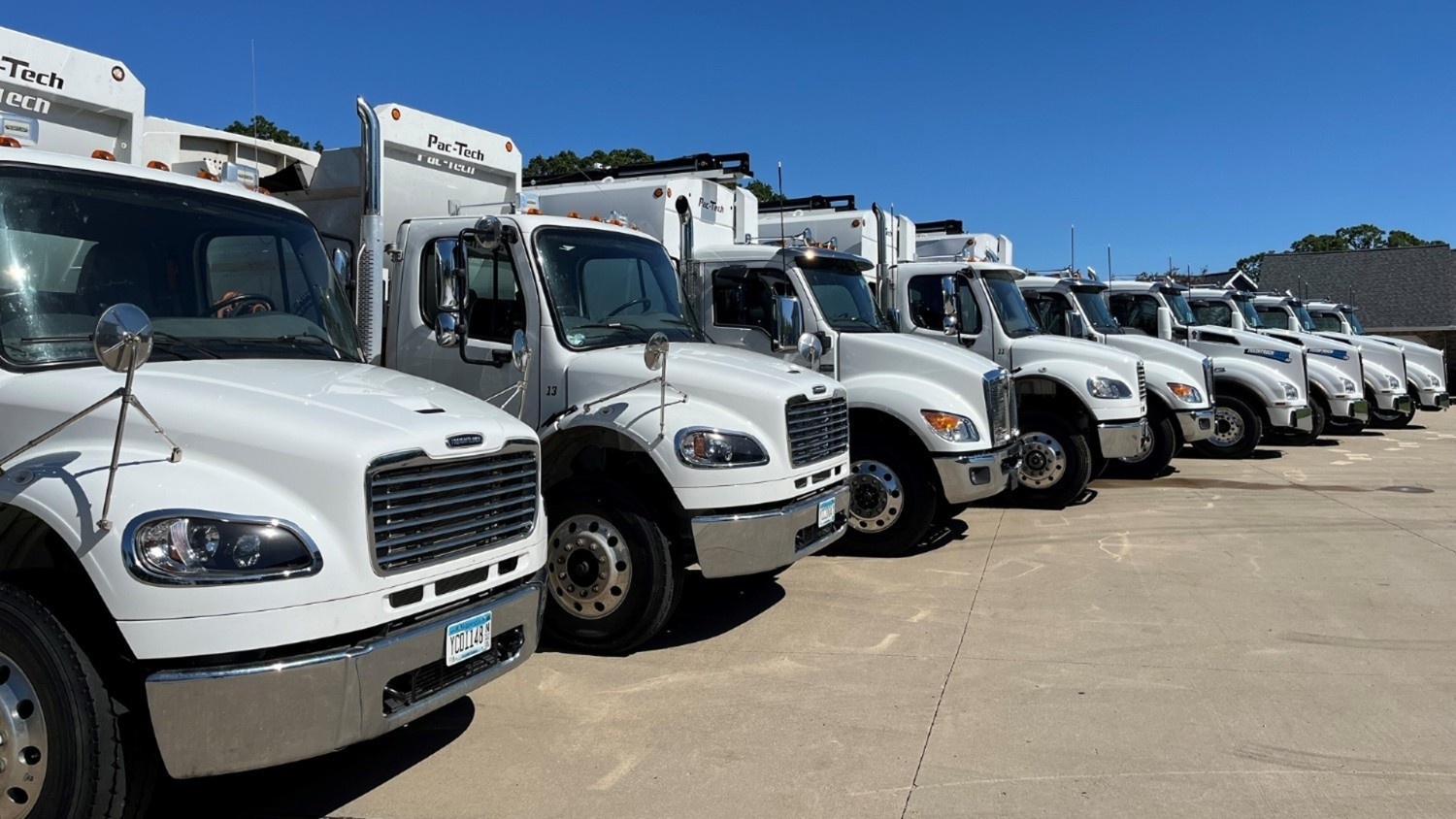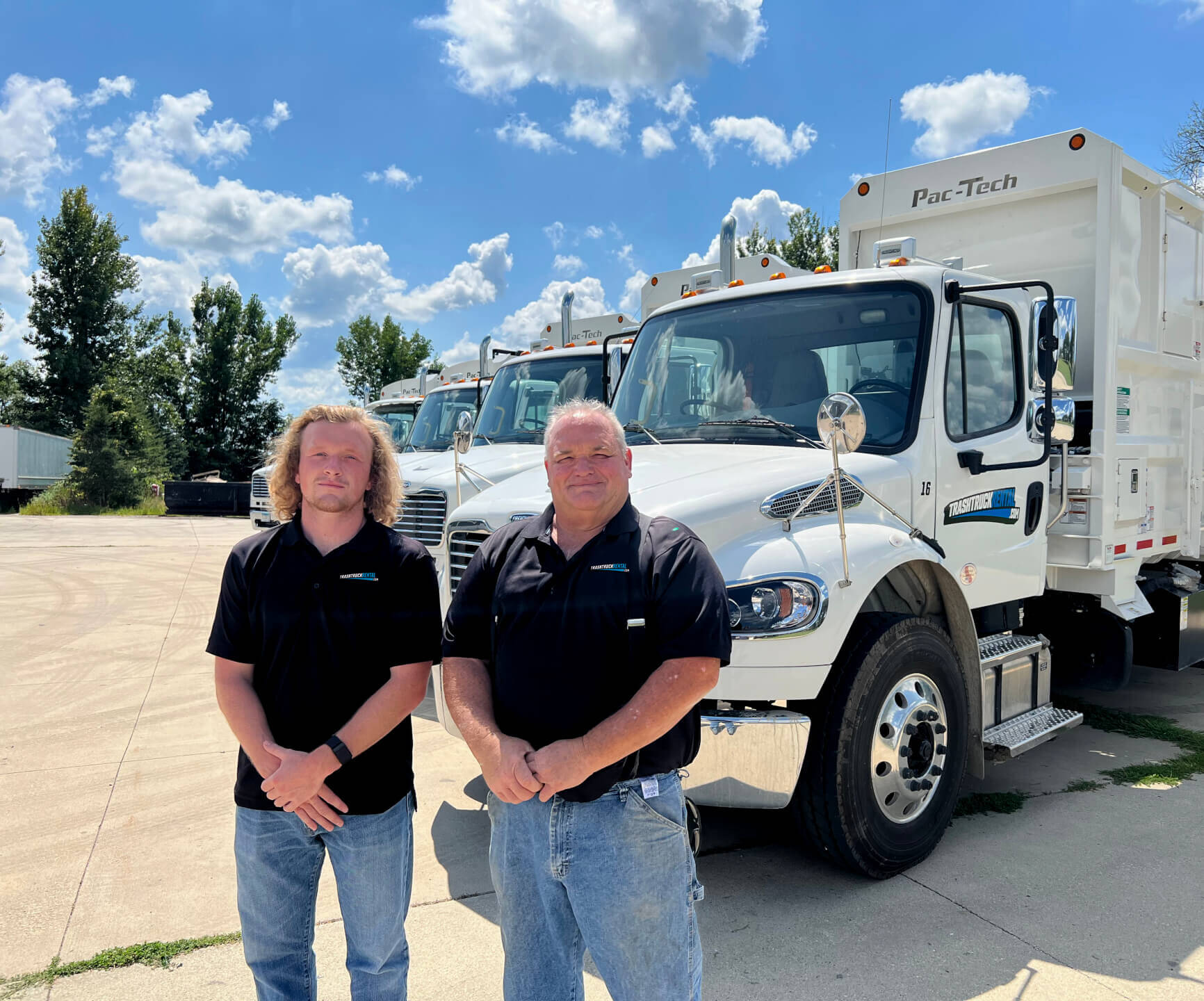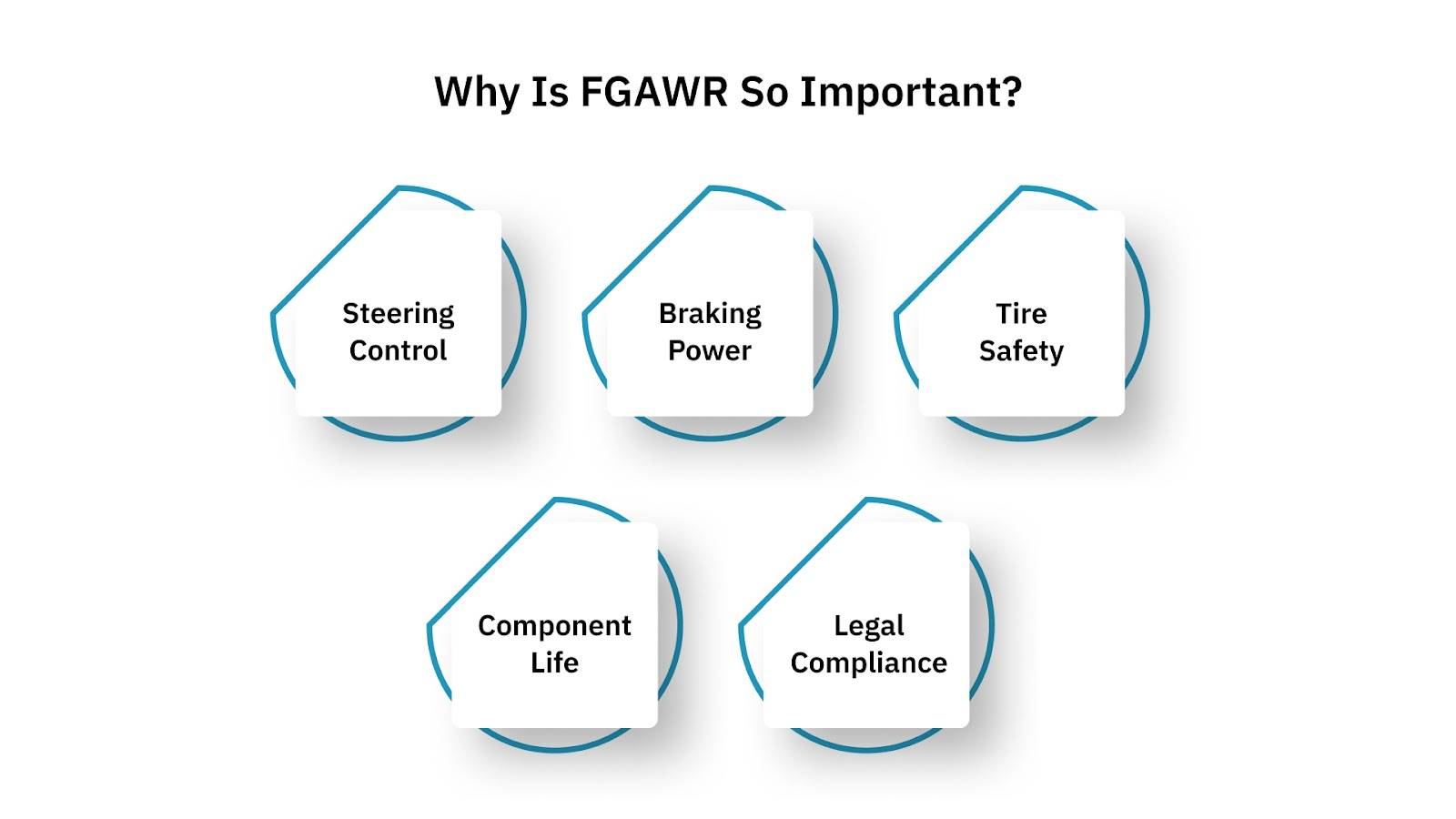Understanding Front Gross Axle Weight Rating Basics
Uncover what the front gross axle weight rating is, why it matters for all vehicles, and its impact on safety. Ensure optimal vehicle performance by understanding your Front GAWR. Learn more!

Uncover what the front gross axle weight rating is, why it matters for all vehicles, and its impact on safety. Ensure optimal vehicle performance by understanding your Front GAWR. Learn more!


In waste management, garbage trucks are the heavy-duty workhorses of your fleet. They squeeze through narrow city streets, make constant stops, and haul thousands of pounds of shifting, compacted waste every day. One key factor in keeping these trucks and their operators safe is knowing the front gross axle weight rating (FGAWR).
FGAWR isn’t just a random figure; it’s a critical safety limit that protects both your truck and the people who rely on it, showing exactly how much weight the front axle can handle without risking mechanical failure or loss of control.
In 2022, the Federal Motor Carrier Safety Administration (FMCSA) reported a significant number of accidents involving heavy-duty trucks, many of which were attributed to poor weight distribution. For any fleet manager or driver, understanding your truck’s FGAWR is essential to maintaining safety and protecting your operations.
The FGAWR is the maximum weight your garbage truck’s front axle can safely handle. This includes the axle itself, plus the wheels, tires, brakes, suspension parts, and anything else it supports. In garbage trucks, this rating is critical because the front axle carries the diesel engine, transmission, cab, and part of the front-mounted hydraulic systems.
Manufacturers determine the FGAWR through detailed engineering and testing, and it’s a fixed safety limit you should never exceed. You can find this rating on the truck’s certification label, usually located on the driver’s side doorjamb, listed in pounds (lbs) in the U.S.

Staying within your vehicle’s front gross axle weight rating (FGAWR) isn’t just a guideline; it’s essential for safety and performance.
Since FGAWR is a safety-critical limit set through precise engineering and testing, it isn’t something you can figure out on your own. Here’s why the manufacturer is the only one who can determine it.
It might seem like you could just weigh a few parts and come up with your own FGAWR, but it’s not that simple. This number isn’t a casual calculation; it’s a carefully engineered safety rating.
The FGAWR printed on your truck label comes from extensive testing and analysis by the manufacturer. They factor in details that go far beyond what you can measure yourself, such as:
That’s why FGAWR is a fixed value, and it’s one you should always follow for safety and performance.
To get a clear picture of FGAWR, it helps to compare it with other standard weight ratings. Each rating plays its own role in keeping your vehicle safe and making sure it stays within its intended limits.
Understanding how FGAWR compares to other weight ratings is just one part of the equation. To manage your vehicle safely and efficiently, you also need to know what factors can shift weight onto your front axle and how those shifts affect performance.

Knowing your truck’s Front Gross Axle Weight Rating (FGAWR) is just the start; understanding how weight is actually distributed is just as important. Several factors can significantly impact the load on your front axle:
Understanding the factors that affect your front axle weight is only half the battle; knowing how to manage it is what keeps your vehicle safe, compliant, and performing at its best. Let’s look at practical steps you can take to keep that balance in check.

You can’t change your truck’s built-in Front Gross Axle Weight Rating (FGAWR), but you can manage how much weight ends up on the front axle.
By staying on top of weight limits, you protect your vehicle and keep operations running smoothly, setting the stage for flexible, cost-effective solutions like Trash Truck Rental.
If you’re a fleet manager, operations director, CEO, or COO, you know the real challenge of keeping a commercial fleet running, balancing reliability, costs, and maintenance demands. You need trucks you can count on, without the strain of large upfront expenses or surprise repairs. That’s where we come in.
With over 20 years of hands-on industry experience, Trash Truck Rental supports both municipalities and private waste management businesses with dependable, cost-effective rental and purchase solutions. We understand your operational needs and are committed to helping you keep your fleet running efficiently and your community well-served.
We maintain high standards in both operations and communication, so you can trust that our dependable trucks are “route-ready.” We offer a professional yet approachable brand personality and believe in delivering solutions that are not only reliable and efficient but also cost-effective. We recognize the importance of affordability and are committed to offering competitive pricing alongside excellent customer service.
We understand that every business operates differently, so we provide a range of practical, flexible fleet options, including Roll-Off Trucks, Rear Loaders, and Automated Side Loaders that fit your specific needs:
While our primary service areas are municipalities and waste management companies in Minnesota, Wisconsin, and Iowa, we also serve nationwide sales in all the states of the United States. We prioritize your needs through responsive support and are committed to helping you run your business at peak efficiency. Request a quote today.
If you manage or drive trucks in the waste management industry, knowing and following your truck’s front gross axle weight rating (FGAWR) is essential for safety and compliance. It affects how well your truck steers, brakes, protects tires, and how long key parts last. By staying aware of your FGAWR, understanding what affects front axle weight, and loading your truck wisely, you help keep your crew, your fleet, and your community safe on the road.
Looking to upgrade or rent a trash truck that meets all safety and weight requirements? Explore our reliable trash truck rental solutions to keep your operations running smoothly.
Exceeding the limit can make steering less responsive and braking less effective—both risky when driving through tight city streets. It also puts extra strain on the tires, suspension, and axle, which can cause expensive damage or even sudden failures that lead to accidents.
No, you can’t calculate it on your own. The manufacturer sets this rating after in-depth engineering and safety tests. You’ll find the official number on your truck’s certification label, usually inside the driver’s side doorjamb.
FGAWR is just for the front axle. RGAWR is the limit for the rear axle. Both are part of the GVWR (Gross Vehicle Weight Rating), which is the total safe weight for the whole truck, axles, body, and full load combined.
You can find the GVWR on your truck’s certification label, usually on the driver’s side doorjamb. It’s the maximum total weight your vehicle can safely carry, including the truck, passengers, fuel, and cargo. Never exceed this limit to avoid safety hazards and costly damage.
Ready to Upgrade Your Process Operations?